Regular visitors to OWLconnected will know that we're close observers of space. And few things have been as exciting to us in 2017 as the photos being sent back by the Cassini probe orbiting Saturn.
So far, we've seen hurricanes, giant hexagon-shaped storms, and clouds of ammonia. But, of course, the most amazing sight has been the planet's trademark rings. Cassini is giving us detailed views that would be impossible otherwise. Such as...
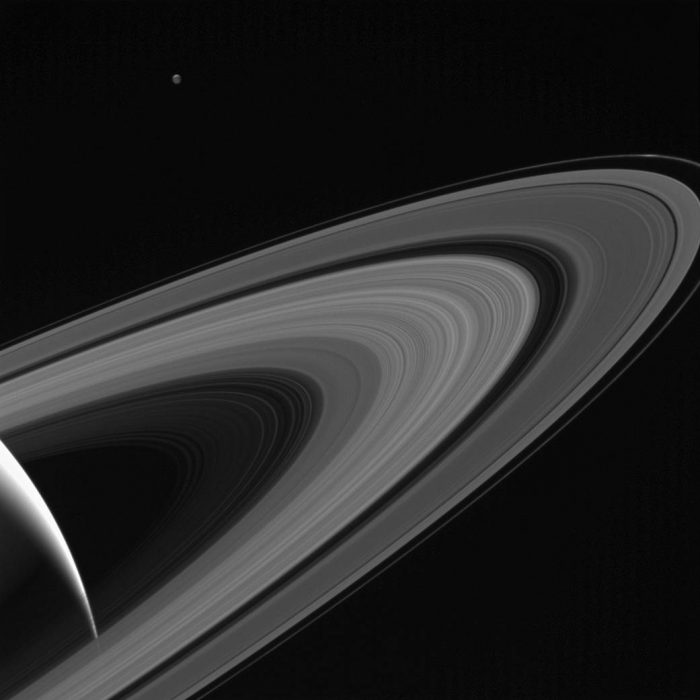
Cassini captured this image of Saturn and its rings on May 13. In the top of the frame, you can see Tethys. (NASA/JPL-Caltech/Space Science Institute)
This picture of Saturn and one of its moons, Tethys, is so much clearer than anything we could have captured from on Earth. You can even make out how Tethys is illuminated by Saturnlight (sunlight reflected off the surface of Saturn).
And while the images of the ringed gas giant are always going to be showstoppers, you could argue that Cassini's most important subject has been an object much closer to our own planet's size.
We're talking about Saturn's largest moon, Titan.
So Earth-like, so alien
When the Voyager 1 spacecraft flew past Saturn in 1980, it also gave us our first up-close views of Titan. Though interesting, these first images didn't show us much thanks to the thick, hazy atmosphere that surrounded the moon.
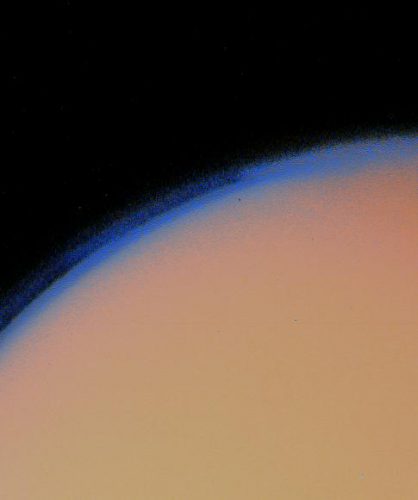
The view of Titan from Voyager 1 in 1980. (NASA)
And yet, scientists had real reason to be excited. Even though they couldn't see through the clouds, they knew that Titan was rocky. What was underneath those clouds? The suspense was too much!
That's why, when Cassini was launched in 1997, they included the Hyugens probe on board—a smaller craft designed to parachute down to the surface of Titan and show us what lay below the atmosphere. The answer?
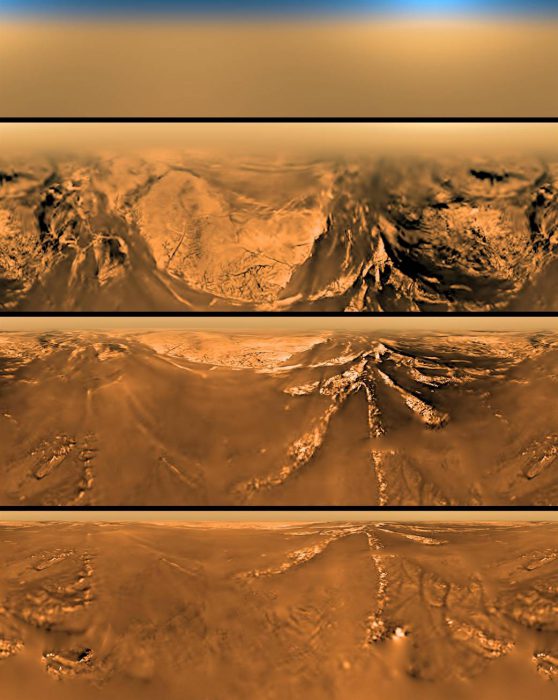
Shots from the surface of Titan, taken by Hyugens in 2005. This was the first time an Earth spacecraft had touched down on the surface of a moon other than our own. (NASA/JPL-Caltech/Space Science Institute)
An icy, rocky world with similarities to Mars and even parts of our own planet.
Lakes of methane
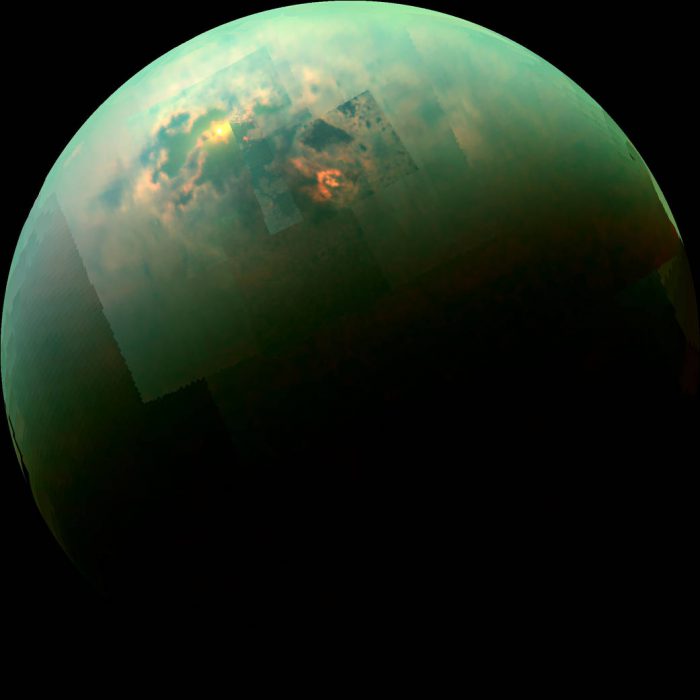
In 2014, Cassini showed us lakes of methane gleaming in the sunlight. (NASA/JPL-Caltech/Space Science Institute)
And Cassini got in on the act, too. It revealed that Titan had huge lakes filled not with water, but liquid methane. In other words, between its terrain, its massive bodies of liquid on its surface, and its atmosphere, Titan is one of Earth's closest cousins in the solar system. Something we never would've known without the help of Cassini.
As it turns out, Cassini got its own helping hand from Titan, too. But we'll let this terrific NASA video explain that for you...
The final countdown
Since 2016, Cassini has slowly been winding down its mission to Saturn in a final series of orbits called the Grand Finale. We're going to report more on the craft in honour of its mission end date of September 15th.
Any excuse to talk (and show) more about what this remarkable little probe has discovered for us!
(Hint: it has to do with exploding plumes of water!)
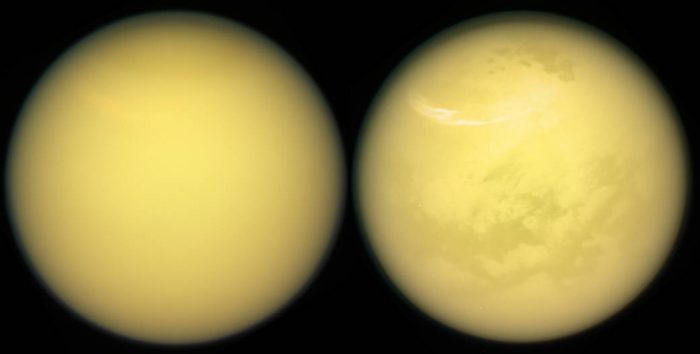 Seeing double? Twin images of Saturn's largest moon, Titan. Cassini has revealed an incredible amount about this previously mysterious world. (NASA/JPL-Caltech/Space Science Institute)
Seeing double? Twin images of Saturn's largest moon, Titan. Cassini has revealed an incredible amount about this previously mysterious world. (NASA/JPL-Caltech/Space Science Institute)










I don’t want to live there because i’m scared. I want to visit another planet. I want to go see the rocks. I want to stay on earth. I think the mountains and craters are cool. I wonder if I can snowboard on them.